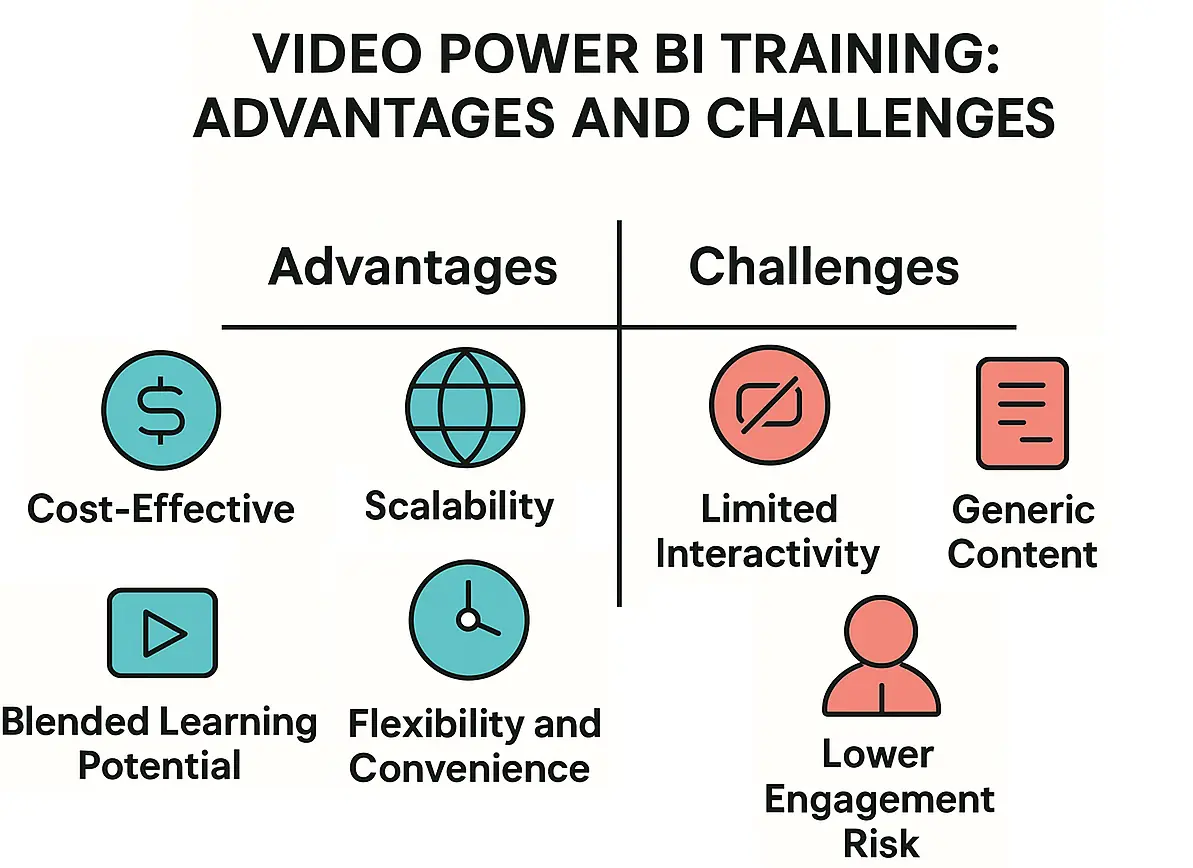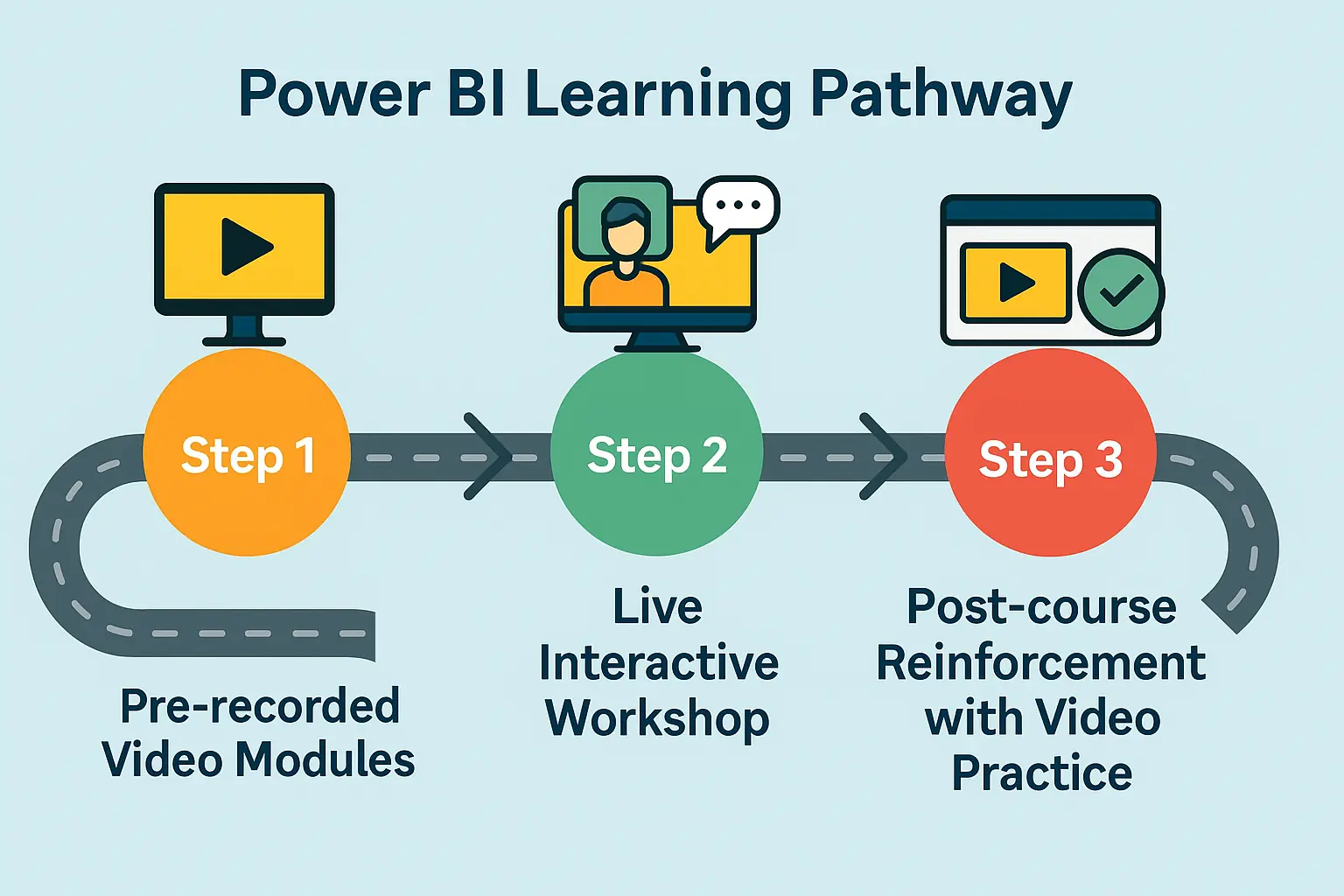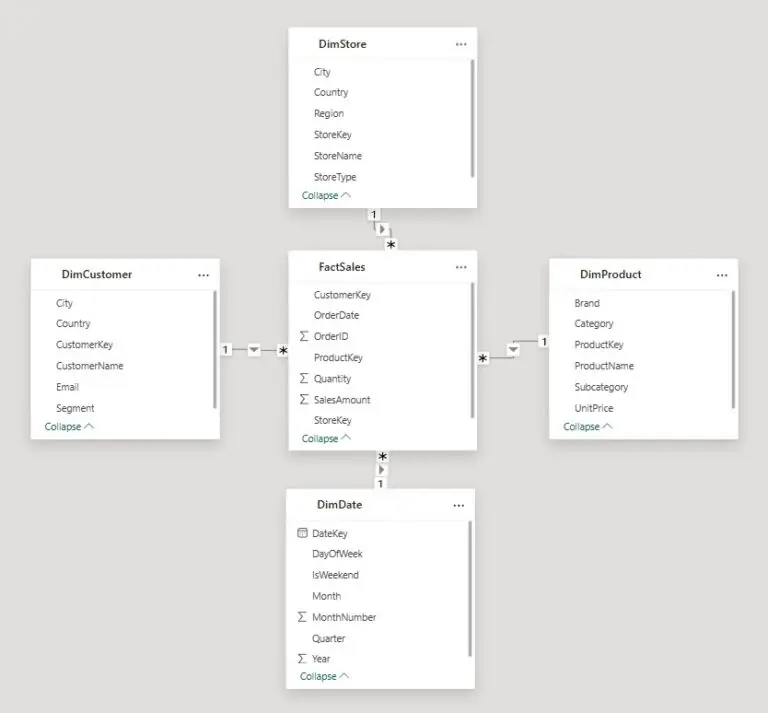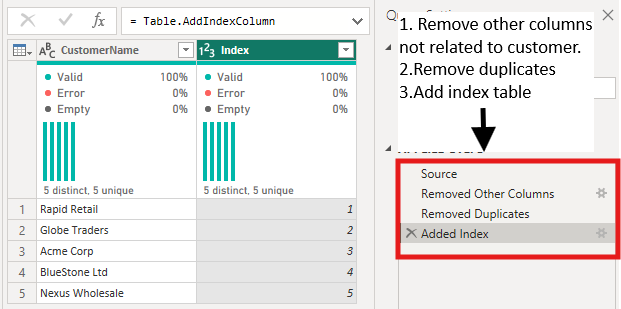
Power BI Training: The Pros and Cons of Live Versus Video Training
Contents
- 1 Why Training Format Matters
- 2 Live Power BI Training: Advantages and Challenges
- 3 Video Power BI Training: Advantages and Challenges
- 4 How Format Affects Learner Psychology and Knowledge Retention
- 5 Choosing the Right Option for Your Organisation
- 6 The Case for Blended Learning
- 7 Final Thoughts
- 8 Frequently Asked Questions About Power BI Training
Power BI training has become essential for organisations that want to make data-driven decisions.
As Microsoft’s flagship business intelligence tool grows in popularity, more professionals are looking for ways to upskill quickly.
Two of the most common formats are:
Live Power BI training, often delivered in classrooms or live online sessions.
Video-based Power BI courses that learners complete at their own pace.
But which is right for your team? Below we explore the pros and cons of each approach, including how each affects engagement, knowledge retention, and long-term skill development.
Why Training Format Matters
The way people learn directly influences how well they remember and apply new skills.
Educational psychology shows that learning context, interactivity, and reinforcement all shape knowledge retention.
Live and video training differ significantly on these dimensions:
- Learning context: Whether a learner is in a group with an instructor or alone at their desk changes motivation and accountability.
- Interactivity: Immediate feedback, hands-on practice, and opportunities to ask questions strengthen understanding.
- Reinforcement: Spaced repetition, quizzes, and practical exercises help transfer short-term learning into long-term memory.
Understanding these factors helps organisations choose the format that maximises their return on training investment.
When we help organisations choose between live and video learning, we always start with the learners themselves.
Their roles, motivation, and day-to-day challenges matter more than budget or convenience alone.
For many teams, a blended approach works best – on-demand videos for the basics, followed by live sessions for problem-solving and Q&A.
This way, our training sticks and Power BI skills actually get used back at work.
Live Power BI Training: Advantages and Challenges
Live Power BI training refers to instructor-led sessions delivered in person or via live video conferencing.
It often follows a structured curriculum and allows participants to interact directly with an expert.
Advantages
- Real-Time Interaction and Feedback
Learners can ask questions as they arise and get immediate clarification. This “just-in-time” feedback reduces misconceptions and supports deeper comprehension. - Structured Environment and Accountability
Live classes create a sense of commitment. Attendees block out time, show up, and participate. This social accountability often leads to higher completion rates than self-paced video courses. - Collaborative Learning
Group exercises, discussions, and peer problem-solving sessions mimic real-world project work. Educational research shows that social learning increases engagement and helps encode knowledge in long-term memory. - Adaptive Teaching
Skilled instructors can adjust the pace, add examples relevant to the group’s industry, or revisit difficult topics. This adaptive element is difficult to replicate in pre-recorded video courses. - Certification and Credibility
Many live training providers issue certificates recognised by employers, adding perceived value to the learner’s CV.
Challenges
- Cost: Live training typically costs more per participant than video courses due to instructor time and scheduling.
- Logistics: Coordinating dates, travel (if in-person), or time zones can be difficult for dispersed teams.
- One-Time Exposure: Without follow-up resources, learners may forget material after the session. Ideally, live training should include post-session practice or recordings.
Video Power BI Training: Advantages and Challenges
Video Power BI courses (sometimes called on-demand or self-paced training) allow learners to watch pre-recorded lessons anytime.
This flexibility has made them a popular option for busy professionals.
Advantages
- Flexibility and Convenience
Learners can start, pause, or rewind lessons, fitting study time around work commitments. This supports spaced learning, a proven memory-retention strategy. - Cost-Effective
Video courses are usually cheaper per learner than live classes, making them attractive for large teams or ongoing onboarding. - Repeatability
Because content is recorded, learners can revisit modules whenever needed, useful for reinforcing complex Power BI features or refreshing skills months later. - Scalability
One course can train thousands of employees worldwide without scheduling headaches. - Blended Learning Potential
Video modules can be combined with internal workshops or mentoring to create a flipped classroom, where learners watch material first, then apply it live. Research shows this model improves retention compared to video alone.
Challenges
- Limited Interactivity
Unless paired with discussion forums or live Q&A sessions, learners cannot ask immediate questions, which can slow problem-solving. - Lower Engagement Risk
Without deadlines or peer interaction, completion rates can drop. Motivation and self-discipline become critical. - Generic Content
Pre-recorded videos may not cover industry-specific scenarios or adapt to learners’ skill gaps.
How Format Affects Learner Psychology and Knowledge Retention
Beyond cost and convenience, the learning sciences reveal key differences between live and video formats:
- Attention Span: Live sessions create social cues that help sustain attention, while self-paced videos may lead to multitasking. Shorter video segments and quizzes can mitigate this effect.
- Retrieval Practice: Memory strengthens when learners actively recall information. Live sessions naturally encourage questioning and exercises; video courses need built-in quizzes or assignments to achieve the same benefit.
- Immediate Application: When learners apply a new Power BI skill right after seeing it—building a dashboard, for instance—they are more likely to retain it. Live courses often incorporate hands-on labs; video courses should encourage practice through downloadable datasets.
- Feedback Loops: Quick feedback improves learning. Live instructors provide this instantly; video courses can approximate it with automated checks, forums, or scheduled office hours.
Understanding these psychological principles helps organisations design more effective Power BI training programs, whichever format they choose.
Choosing the Right Option for Your Organisation
The best format depends on your team’s goals, resources, and learning culture. Some considerations:
- Team Size and Budget: Large, cost-sensitive rollouts may favour video training, while high-stakes projects or executive teams may justify live instruction.
- Learning Objectives: For foundational knowledge, video courses can suffice. For advanced or customised scenarios—like integrating Power BI with proprietary data sources—live training is often more effective.
- Learner Profiles: Novices may benefit from structured live guidance; self-motivated analysts may thrive with on-demand videos.
- Retention Strategy: Combine formats to reinforce learning. For example, run a live workshop, then provide access to video modules for ongoing refreshers.
The Case for Blended Learning
Many organisations are moving toward blended learning, combining the strengths of both live and video training:
- Pre-course video modules introduce basic concepts.
- Live sessions focus on interactive problem-solving and Q&A.
- Post-course videos and exercises provide spaced reinforcement.
This approach aligns with cognitive science by offering repeated exposure, active practice, and multiple modalities – powerful ingredients for long-term knowledge retention.
Final Thoughts
Whether you choose live Power BI training, a video Power BI course, or a blend of both, remember that the ultimate goal is not just knowledge acquisition but applied competence.
Structure, interactivity, and reinforcement all drive whether your team actually uses Power BI effectively in day-to-day work.
At Acuity Training, we offer both live Power BI classes and flexible video-based options to fit your organisation’s needs.
By matching the format to your learners’ psychology and your business objectives, you can maximise the impact of your training investment.
Frequently Asked Questions About Power BI Training
Q1. What is the main difference between live Power BI training and video Power BI courses?
Live Power BI training involves real-time interaction with an instructor, enabling immediate feedback, adaptive teaching, and collaborative exercises. Video Power BI courses are pre-recorded modules learners complete at their own pace, offering flexibility and lower cost but less interactivity.
Q2. How does live Power BI training improve knowledge retention compared to video learning?
Live training naturally incorporates retrieval practice, peer discussion, and immediate application of concepts. These elements activate cognitive processes—such as elaboration and feedback loops—that strengthen long-term memory. Video training can achieve similar results if it includes quizzes, downloadable exercises, or blended learning follow-ups.
Q3. Are Microsoft-certified Power BI courses available in both live and video formats?
Yes. Microsoft and authorised training partners, including providers like Acuity Training, offer both live instructor-led Power BI classes and self-paced, Microsoft-certified video courses to suit different learning styles and organisational needs.
Q4. What is the best approach to training a large team on Power BI across multiple locations?
A blended approach often works best: provide a scalable video Power BI course for core knowledge, then run targeted live online workshops for advanced topics or Q&A. This combines the flexibility and cost-efficiency of video with the engagement and feedback of live sessions.
- Facebook: https://www.facebook.com/profile.php?id=100066814899655
- X (Twitter): https://twitter.com/AcuityTraining
- LinkedIn: https://www.linkedin.com/company/acuity-training/





